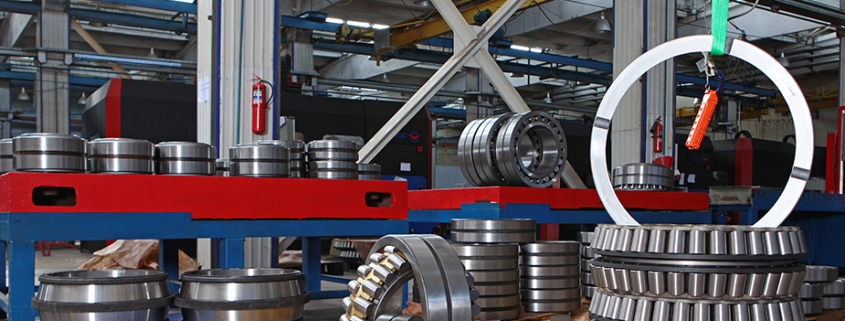How to choose the temperature of bearing grease?
In the process of equipment design, installation and use, the selection of bearing grease temperature is very important. For motors, the commonly used lubricating medium is grease.
Generally, grease suppliers will mark some data on the technical parameters of grease, including dropping point, operating temperature range, etc.
On the other hand, there are many temperature calculations in different technical data.
Occasionally, the results of various calculations, as well as the temperature limits of other parts of the bearing, are not quite the same as those specified for the grease. Numerous concepts and calculations lead engineers into a puzzle when choosing.
Next, we will sort out these concepts to help engineers have a clearer idea when selecting grease temperature.
Grease temperature selection
Grease is usually selected to provide adequate lubrication to the bearing under a given operating condition. At this time, it is necessary to check the “given operating conditions” and “meet the lubrication performance”. This is the usual lubrication selection check calculation.
It has been said in the past (you can also refer to “Motor Bearing Application Technology”, “Motor Bearing Fault Diagnosis and Analysis”, “Gearbox Bearing Application Technology”, and other articles in this public number), the selection and check calculation of lubricating grease is essentially Check Kappa coefficient. When the Kappa coefficient is between 1 and 4, it means that the selected lubrication meets the lubrication requirements.
During the calculation, it can be noticed that there are many temperature effects. For example, the viscosity change curve is actually the change curve of viscosity against temperature.
The essence of this check calculation is to check whether the selected grease can meet the Kappa coefficient falling between 1-4 at the current temperature. If the answer is yes, then the choice is appropriate, otherwise it needs to be adjusted.



